The New Mexico Affair
It was the day before the antelope hunt was to begin. The ranch on which this incident took place is one of the finest places to hunt for B&C caliber bucks in the United States that I know. With close to 100,000 acres, only eight hunters, and three days to make it happen, it’s a trophy antelope hunter’s Nirvana. The success or failure to take a buck on this property is based solely on the hunter’s ability to shoot precisely when the moment arrives. Like so many antelope hunts this one is conducted in wide-open short grass prairie. Even with undulating topography the cover is sparse and the term “doing the belly crawl” takes on an entirely new meaning. Most bucks on this property are taken between 250 and 350 yards. In some pastures there is just no way to get within in range without considerable effort and developing a taste for grass.
As usual I had arrived two days before the clients and had been scouting the property with other veteran guides that participate in this hunt every year. The horn growth that particular year had been excellent and we had found a number of bucks that would fall well inside the Toad category.
Amongst my personal gear was a stout yet portable shooting bench, a Hart front rest, rear bag and a complement of kit to do whatever minor gunsmithing might be required. This shooting bench alone was just as important to our success as the myriad of high-end optics and skill that was assembled in the group of guides. Due to the nature of this hunt we wanted to be sure that every hunter’s rifle be properly zeroed for these extended ranges before the hunt began. By early afternoon every one was introduced and had settled in. As the evening drew near the inevitable winds began to subside and by the time I had the 200-yard target frame in place, the bench and stool set up, the shooting conditions were ideal.
We quickly confirmed the point of impact for seven of the eight hunters. Very few corrections were required and it was easy to tell these seven shooters were comfortable with their rifles. However, hunter number 8 watched the others shoot without comment. As the team drifted back towards the ranch house number 8 began to follow having never fired a shot. I then asked him to fire a few rounds while we still had ample light. His response was one I will never forget “ No thanks, I’m good, my gunsmith zeroed it”. Undeterred I fired back that I was a gunsmith, had driven and not flown and would still check my zero if it was my tag. As diplomatically as I could I insisted that he take a few shots. Instead he ignored my request and walked back towards the ranch house with the others.
In the words of the Jeff Foxworthy “Here’s your sign”
The first morning, three excellent bucks hit the ground early in the day. I heard one of these shots in the pasture far to the north of where we were presently hunting. One singular round fired just after dawn. The hunter I was guiding was an old hand at pursuing trophy antelope and was content to look for the time being, just happy to be back on this particular ranch again. Around 11:00 am, the mirage picked up and the temperature rose enough to make any horn assessment a guess at best so we headed in for lunch.
With lunch over most of the team settled in for a short nap knowing we’d be going out again around 3:00 pm. Number 8 and his guide had yet to return, which is not unusual by any means; we didn’t give it any thought. Around 2:00 pm, number 8 walked into the ranch house looking parched and agitated. It was obvious that something had gone south. I found out shortly that he and his guide had caught a B&C class buck flat footed at under 200 yards; we like to refer to these freebees as Locker Shots. When the rifle barked the bullet entered the onside rear leg of the buck without hitting any bone and a rare opportunity ran over the hill with a visible limp. They had another crack at this buck the next morning but again failed to connect. During lunch that same day, number 8 gladly took me up on my offer to check the zero of his rifle. His first three shot group landed 4 inches low and 5 inches left at 100 yards. As the corrections in windage and elevation were being made he knew all to well this was his very own albatross and I have little doubt it tasted very dry.
This tale does not have a happy ending. As luck would have it later that afternoon the wounded buck found a gap in a borderline fence, slipped under the wire and onto the contiguous ranch. With that buck now unrecoverable the antelope hunt for number 8 was over. The plane flight home must have been sobering. It is inevitable that we will all experience the wrenching feeling of wounding an animal if we hunt long enough. But to deliberately handicap oneself is quite another matter all together. The moral of this story is to always confirm for yourself that your rifle is zeroed when you pick it up from your gunsmith or you’re cousin Earl. When you fly with your rifle to do otherwise is just asking for trouble.
It is inevitable that we will all experience the wrenching feeling of wounding an animal if we hunt long enough. But to deliberately handicap oneself is quite another matter all together. The moral of this story is to always confirm for yourself that your rifle is zeroed when you pick it up from your gunsmith or you’re cousin Earl. When you fly with your rifle to do otherwise is just asking for trouble.
Many outfitters have an adequate rest to confirm your point of impact upon arrival. Others supply little more than a rolled up sleeping bag thrown over the truck hood. I have even been in some camps that the guides were totally against shooting at anything other than game. Here is where the rubber meets the road and you the client need to assert yourself and fire a few rounds regardless. Unfortunately many hunters are intimidated shooting in front of strangers or with make shift improvised conditions. For the life of me I have never been able to understand why.
As a rule many of us derive the confidence of our shooting ability based largely on the aid and stability of the concrete bench we shoot from at home. Yet I have never seen anyone step off the plane in Albuquerque or Arusha for that matter, with a concrete bench. It is stressful enough for any arriving hunter to have to shoot his rifle in front of a group of fellow hunters and guides before the hunt begins even under the best of conditions. Confirming your point of impact over the hood of a wind blown truck only makes matters more uncertain. But it doesn’t have to be this way
As a teenager I had access to approximately 10 years of very early copies of the American Rifleman magazine. One thing I can distinctly remember were the articles written on shooting practice for the field. Articles on the subject showed guys in checked wool shirts and knee high LL Bean boots wrapped up in their shooting slings going through the motions. Leaning against trees, crouched behind boulders and kneeling in the leaves the pictures told a compelling story. These images left an indelible mark in my memory and have served me well for the past 45 years. Learning to shoot in the four basic shooting positions is essential to our success on any hunt. With practice a hunter can wrap up into a shooting sling, drop into a sitting position and fire a well directed shot at 200 yards in less time than it would take to deploy a bipod or erect a set shooting sticks. Don’t get me wrong I’m all for bipods and sticks but often times it isn’t practical to use this equipment. Technology has its limits at times. It is this familiarity with the basics that will save you every time.
To take this a step further how does your favorite rifle shoot if you’re prone and resting over your daypack at 200 yards? When was the last time you checked? Can you keep your group under 3 inches? 5 inches? Can you keep your group centered in a 5 inch bull at 100 yards shooting off your rump or off your sticks? At the going cost of many hunts today I want to be damn sure where my rifle is shooting before I slide it into the saddle scabbard or climb into the tree stand as the ultimate success of my hunt will likely depend on that rifle in my hands. For some reason many of us have become complacent about this reality.
It goes without saying that shooting from the prone position allows for the most accurate and repeatable results for testing your rifle at home and in the field. Becoming proficient while shooting prone will give you the confidence and allow you to check your rifle no matter where you land. No bench rest in camp? No problem. Everywhere I have ever hunted that didn’t have a bench did have a flat spot somewhere around camp. Sometimes you’ll have to shoot lying on a pannier canvas or in the middle of a sand bar but the peace of mind you feel when the deed is done is worth the muddy elbows and the amused looks from your guide. With a proper sling and your pack as a forend rest all the worry about what the baggage handlers may have inflicted to your rifle in transit will be eliminated. If your group in Alberta is centered and the same approximate size as those you shot at your local range back home in Arkansas you can now concentrate on hunting.
The next time you’re at the range I challenge you to step away from the comfort of the bags and see what your capabilities are on your stomach. In time it will teach you more about your rifle and your own capabilities and give you the confidence to confirm your point of impact regardless of the location. The effort and practice today may say your bacon in the future.
Posted by Darcy Echols
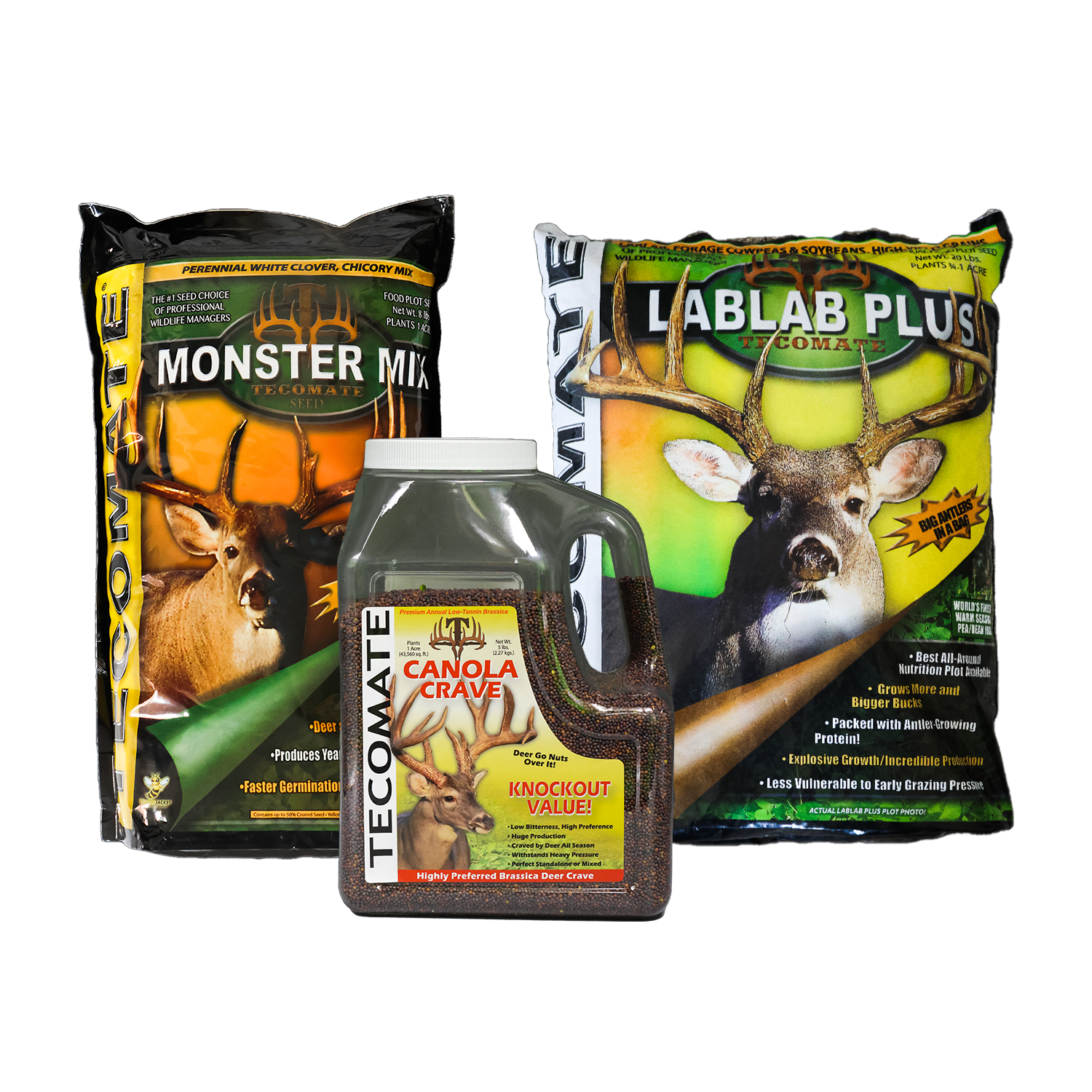
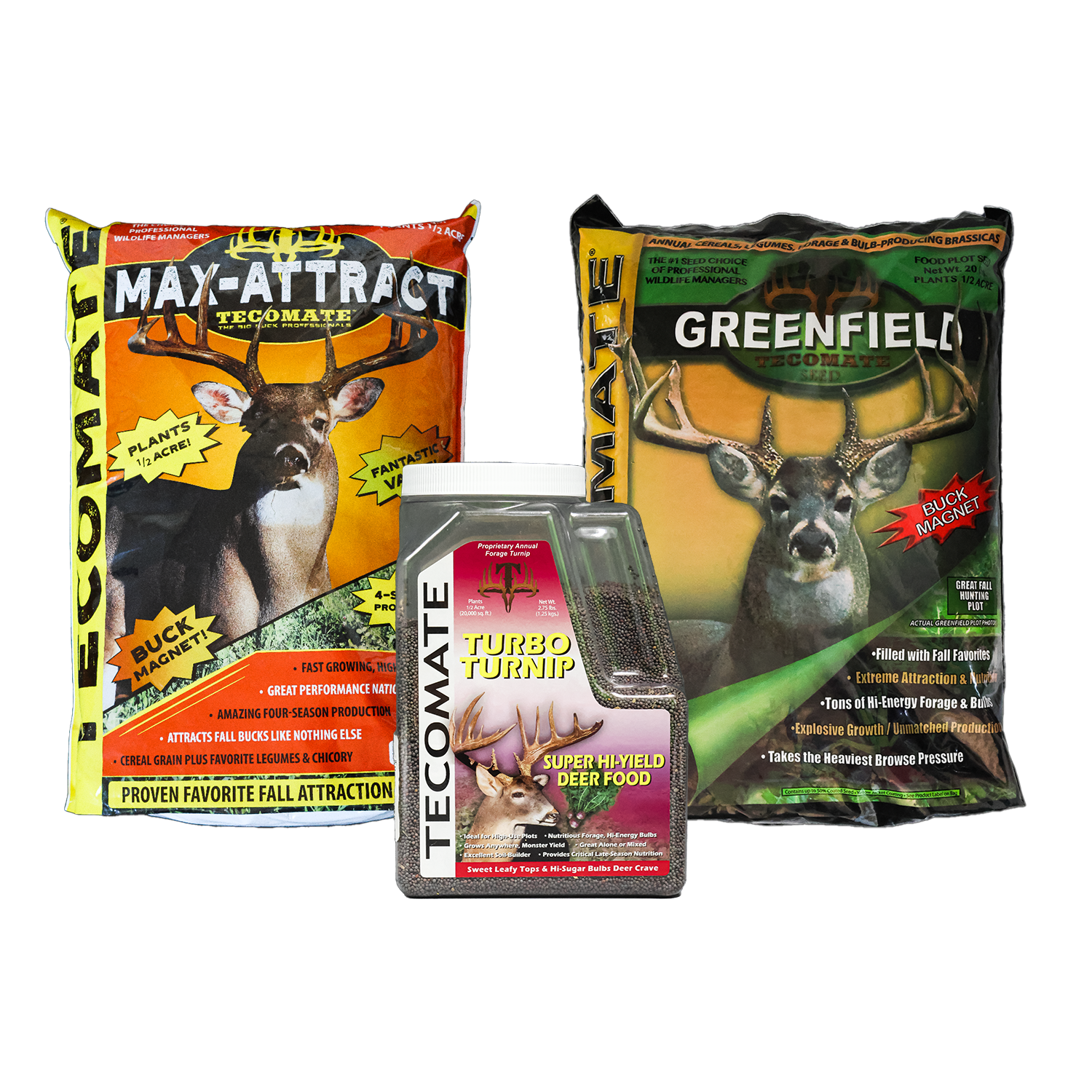
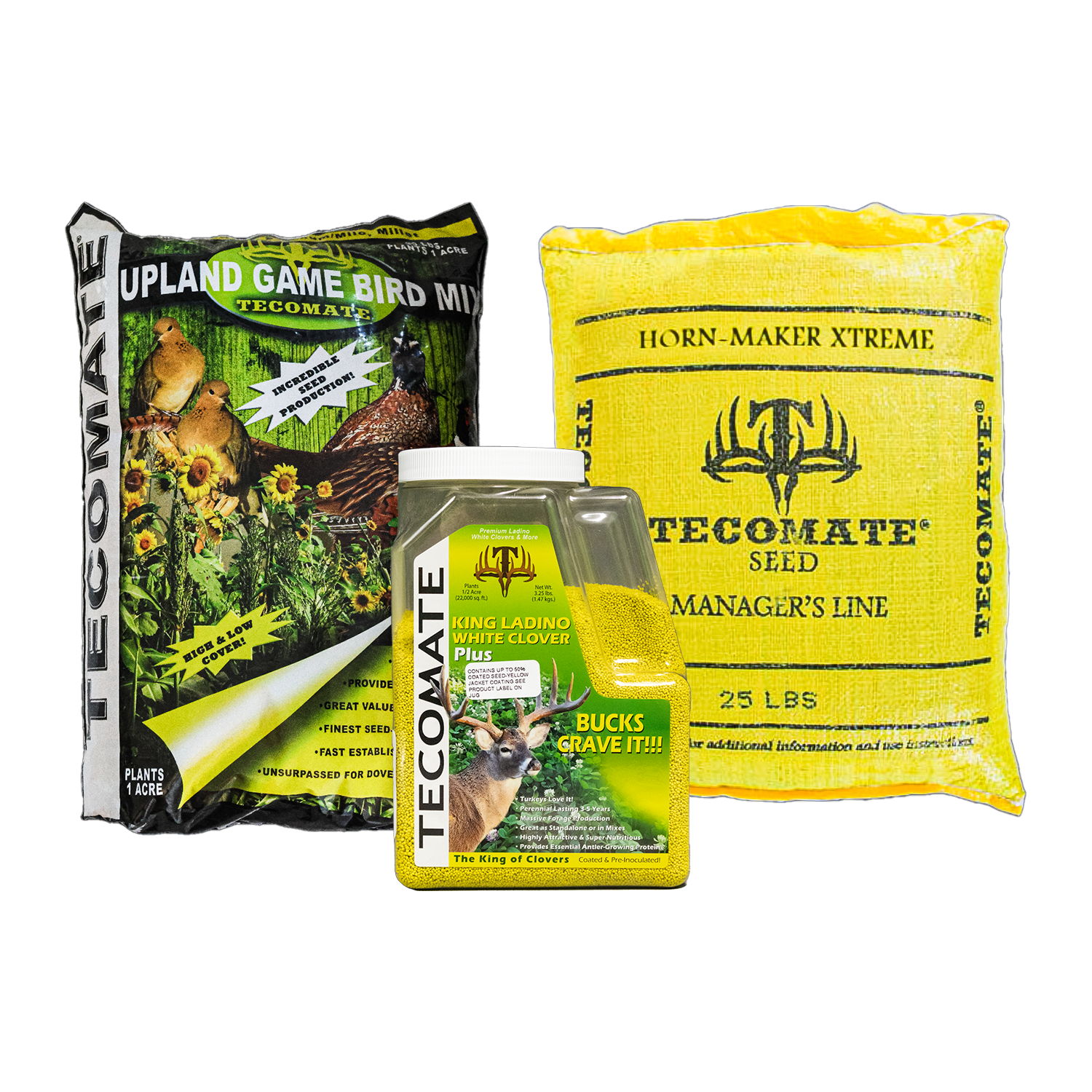
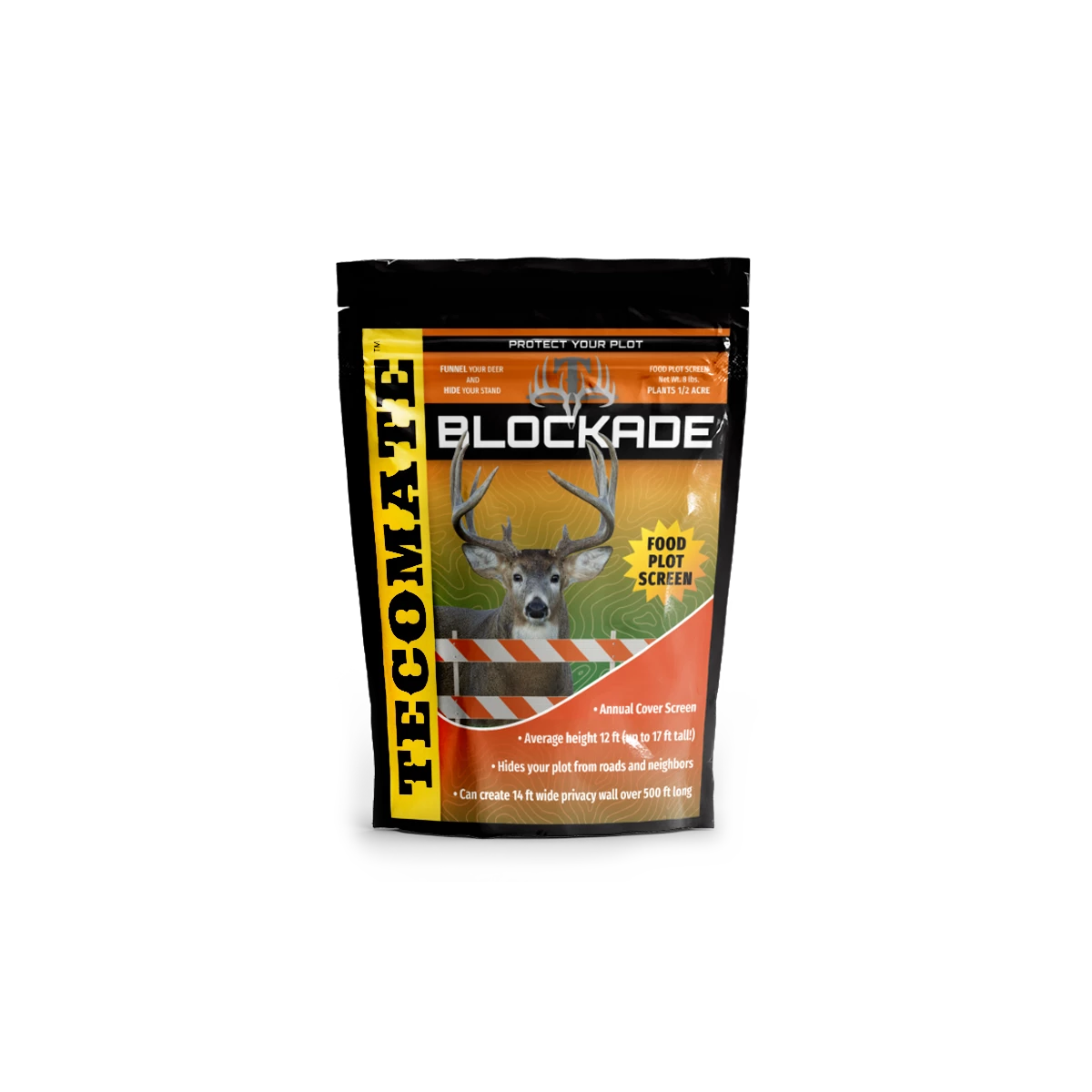
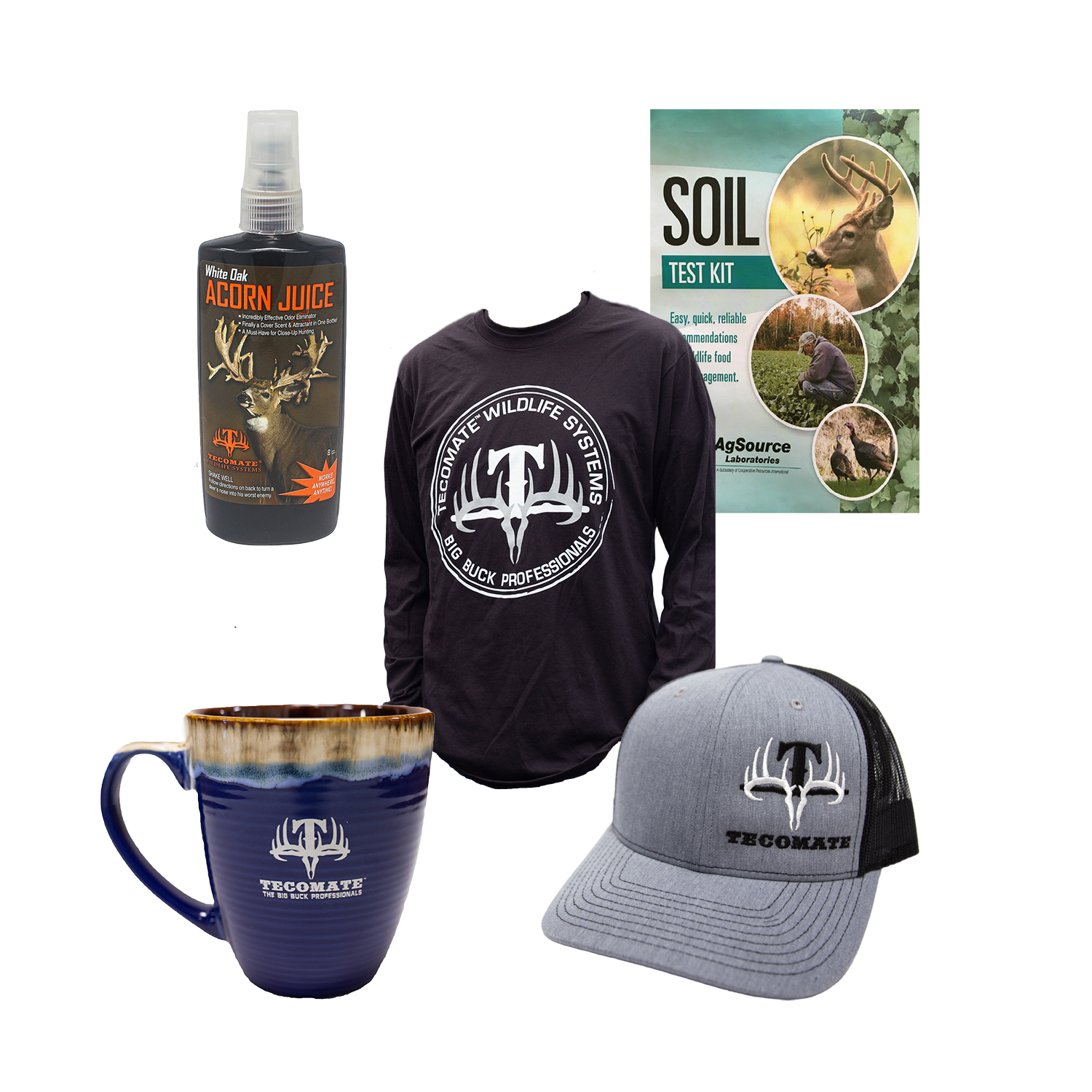

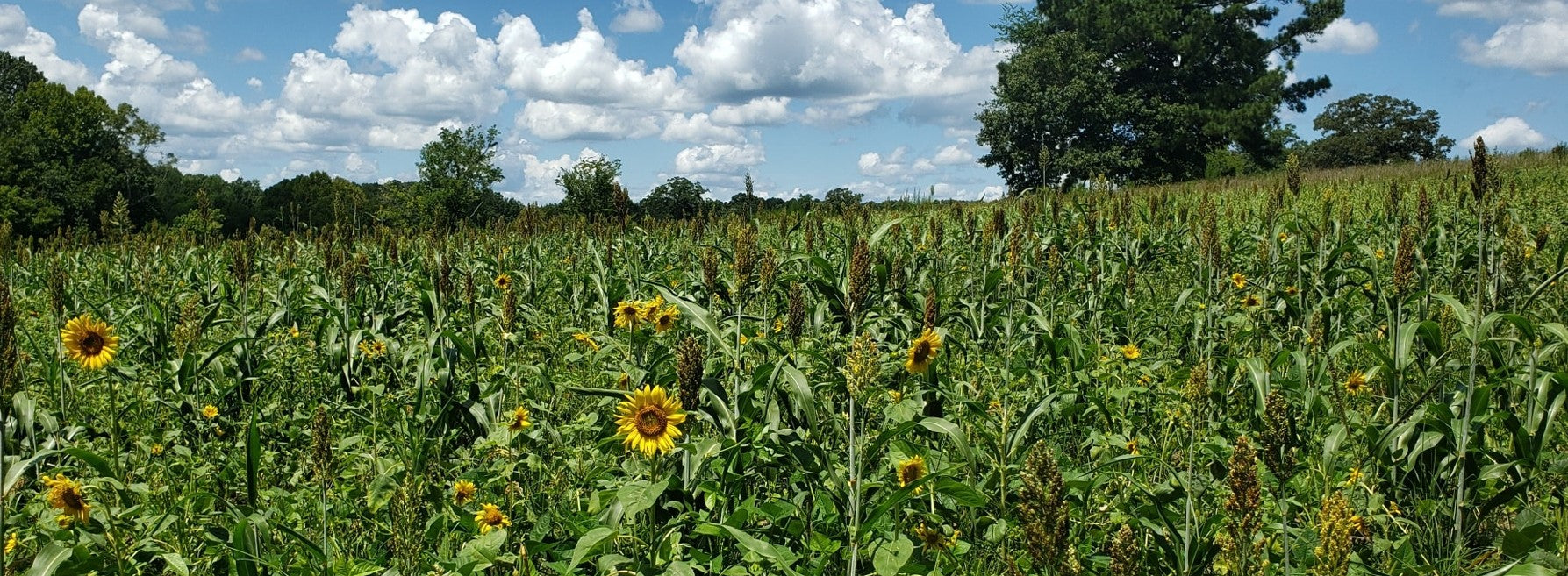
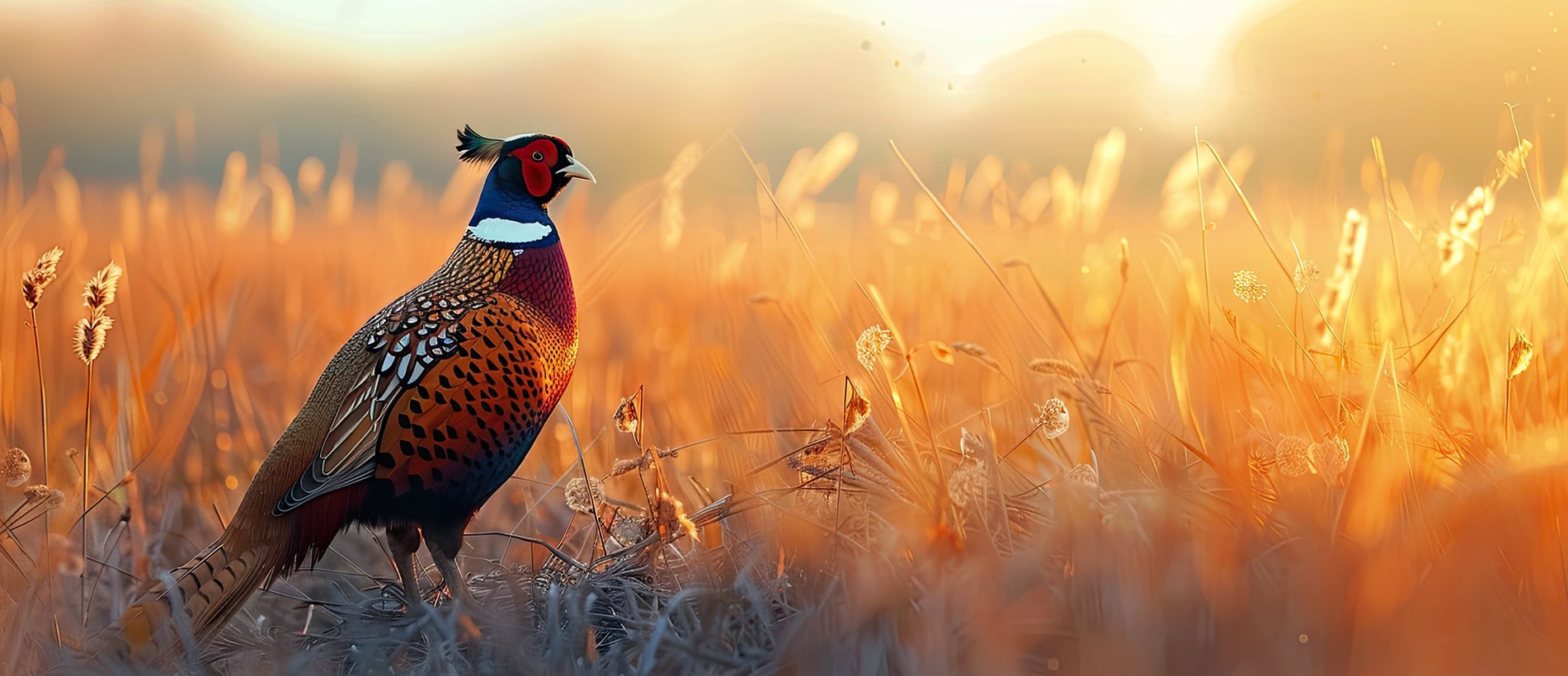

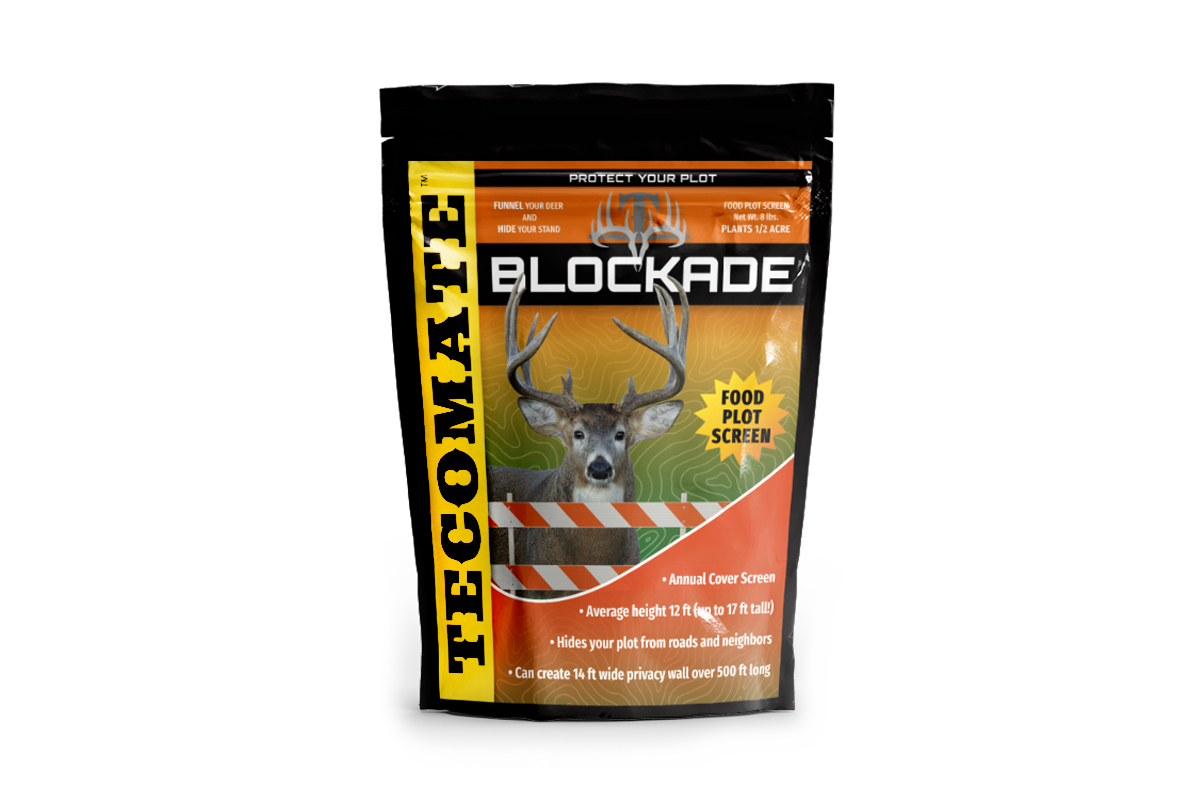
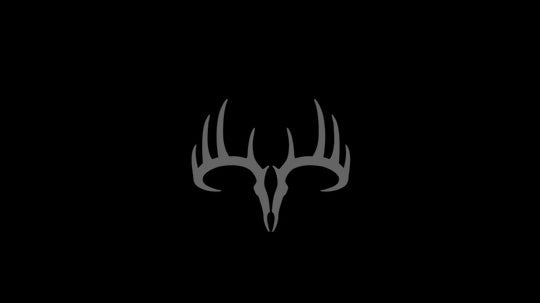
Leave a comment